Harlesden High Street is the coolest gallery in London

Smack bang in the middle of a north west London high street, founder Jonny Tanna’s gallery is about more than just pretty pictures.
Culture
Words: TJ Sidhu
Photography: Charlie Kwai
Taken from the spring 24 print issue of THE FACE. Get your copy here.
London is chock-full of Good Art. Old institutions housing Renaissance greats circle Soho. DIY spaces in Hackney and Peckham are packed out by art school students, free tinnies in tow. There are even bogs in Clerkenwell that have become makeshift galleries. So, what makes a space really stand out in a city that’s already stuffed with exhibitions, showcases and openings?
Well, a clearly defined mission doesn’t hurt. Set up in 2020, Harlesden High Street sets itself apart from the crowd with one rule: it exclusively promotes work by artists of colour. Named boldly after its location on the main thoroughfare in the northwest London borough, you’ll find films on protests and democracy by emerging artist Minh-Lan Tran, or a rumination on the Black British diaspora via a Farrah Riley Gray sculpture made out of synthetic braiding hair.

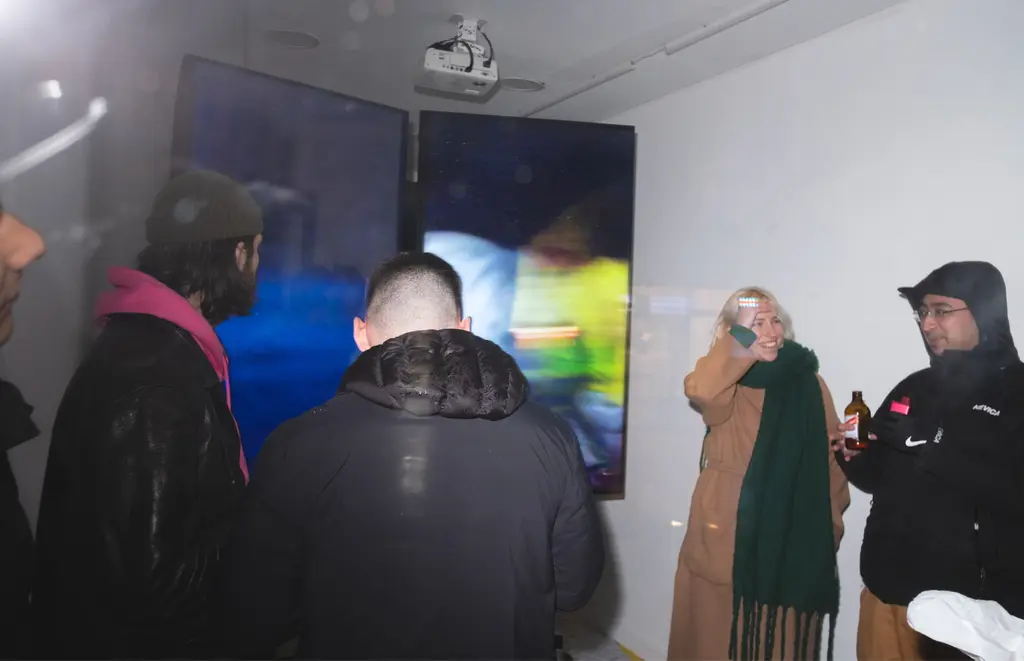
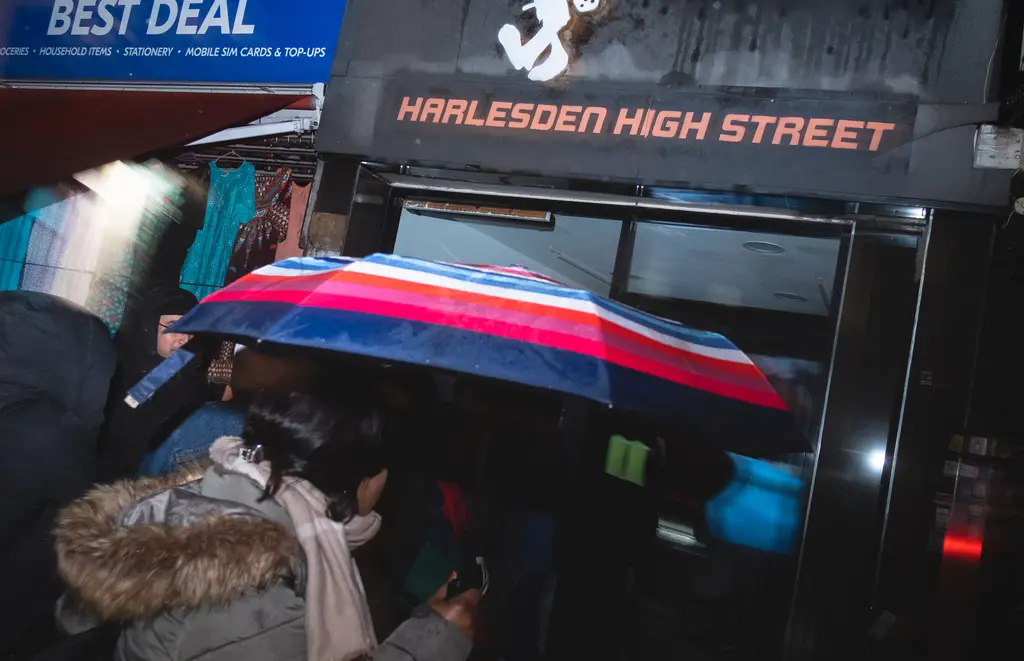
In an industry that still trades in trust funds, posh accents and private school connections, galleries like Harlesden are cutting through age-old traditions. Its aim is to serve the community in an area that’s largely home to Caribbean, West African, Somali and Southeast Asian diasporas. It’s by the people, for the people.
“Because we only show people of colour here, it’s things the locals can relate to,” says Jonny Tanna, artist, curator and founder of Harlesden High Street. “If we started showing [work by] a bunch of rich white kids, it would be completely alien to them.”
Until 2022, Tanna also ran Harlesden High School, an off-site spin-off that banded together around 500 young artists and 50 curators for shows and projects. A standout was a 2021 immersive performance art piece titled RedBack.
In an old office space with ceiling tiles and stark lighting, a white actor played the role of a lad from Essex. He’d invite unsuspecting members of the audience into the gallery’s basement and subject them to racist abuse. “The idea was to see how the audience interacted and if they would get involved or stay back,” says Tanna. “Art is a feeling, not a language. I can’t educate everybody around here. I can’t make everybody [get] into art. So it’s [about] trying to change people’s perception of what art is.”
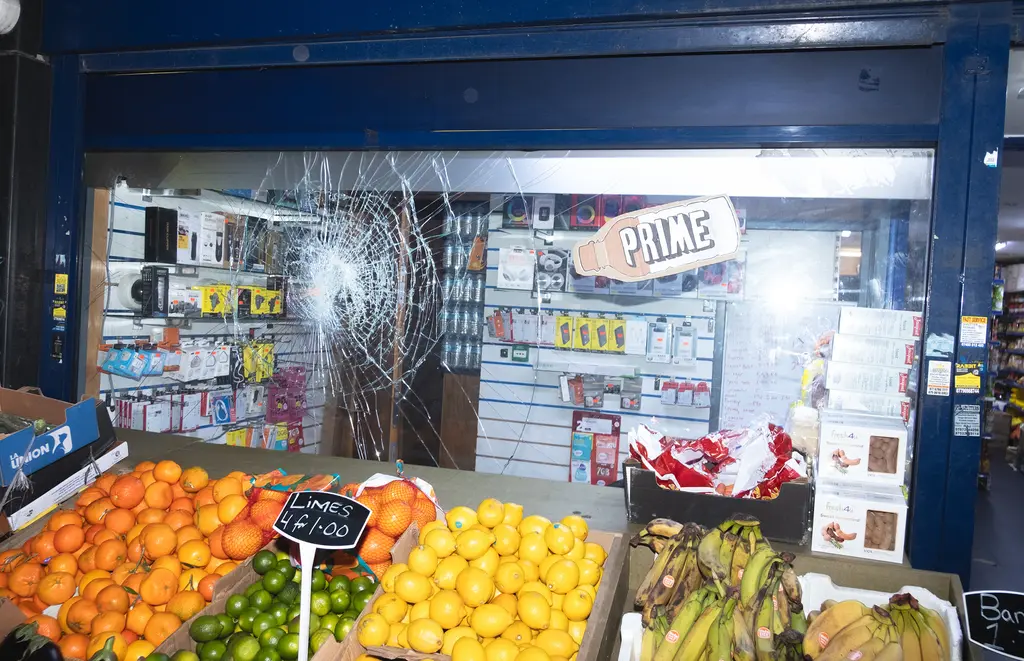

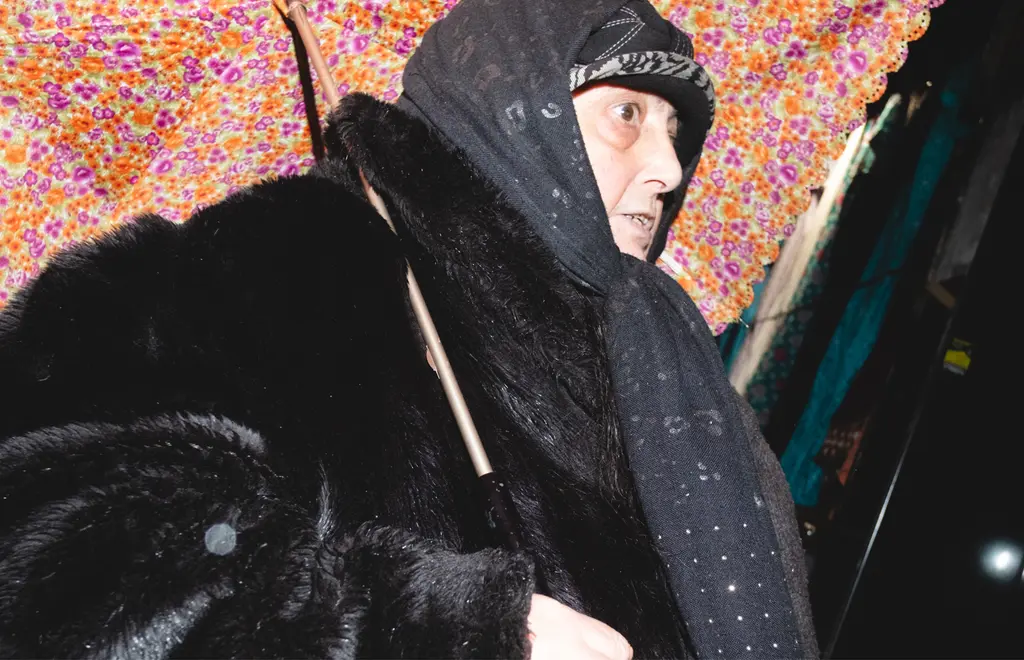
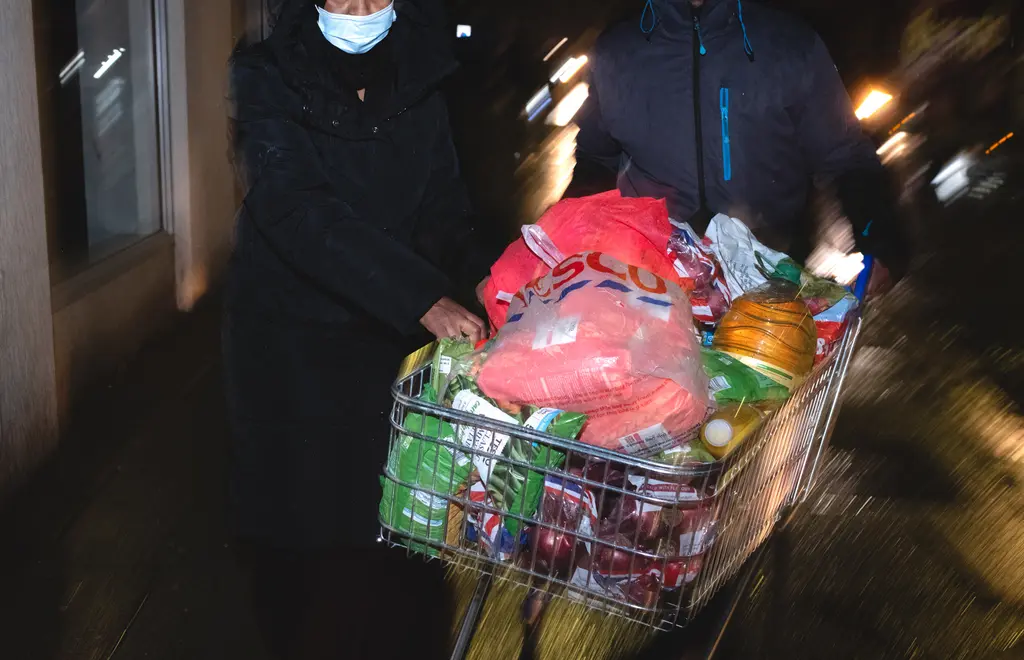
Tucked between a coffee shop and one of those “best deals” shops that sells everything from tomatoes to toilet seats, Harlesden High Street is no bigger than a decent-sized double bedroom, with full-length windows so passers-by can pause and look through at the art on display.
On show today is Tabanca, a solo exhibition by London artist and filmmaker Akinola Davies Jr. Playing out across three huge flatscreen TVs, it’s a brief history and celebration of Notting Hill Carnival and features hypnotic footage of young Black Londoners dancing in the streets, reminiscing about treasured memories and generally revelling in the magic of the August Bank Holiday event.
Music is baked into the streets here. As well as its diverse communities, Harlesden also has deep roots in British reggae culture. This is in part thanks to Trojan Records, the pioneering label which helped to popularise the genre in the UK when, in 1968, it opened up shop down the road on Neasden Lane.


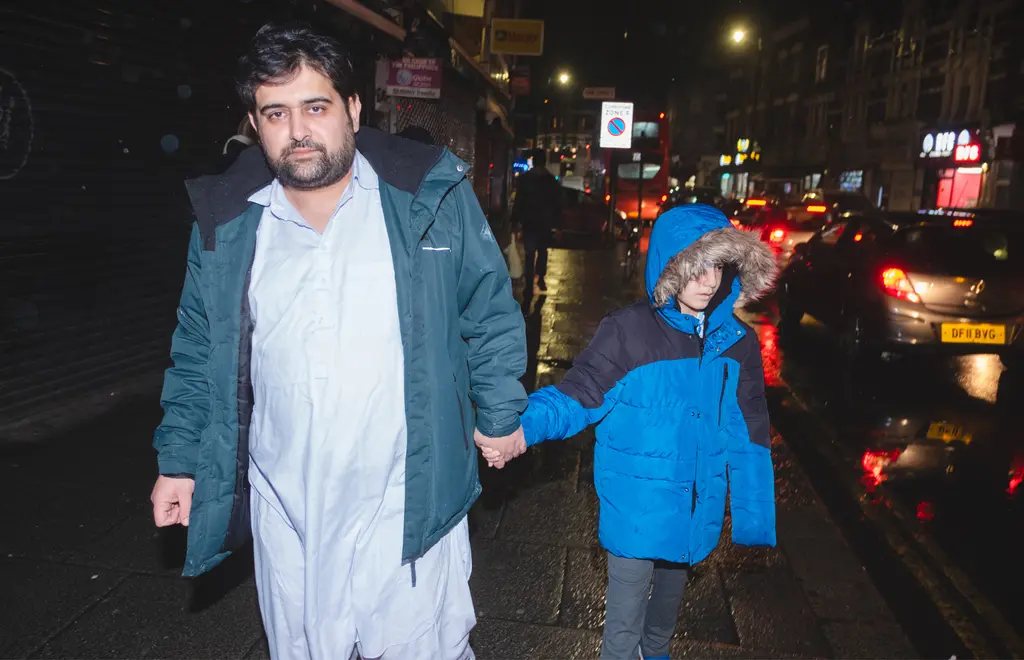
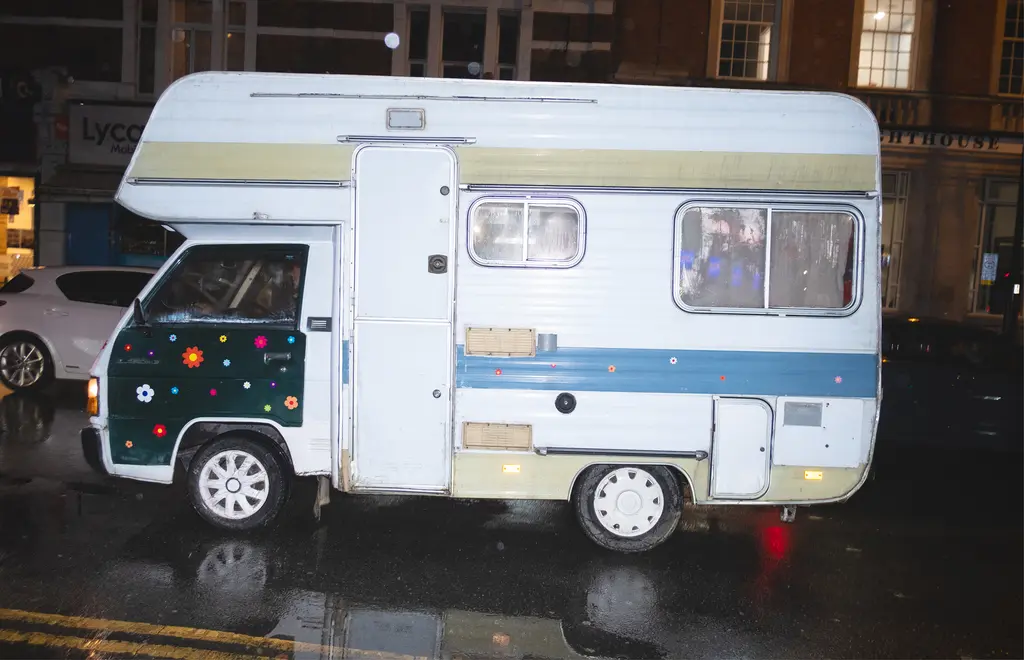
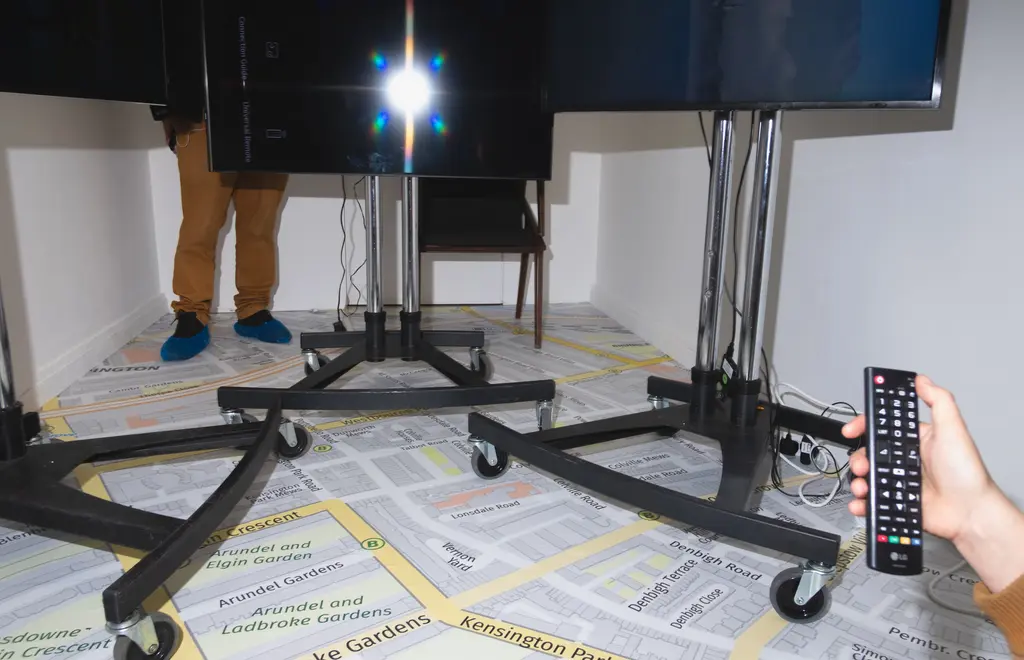
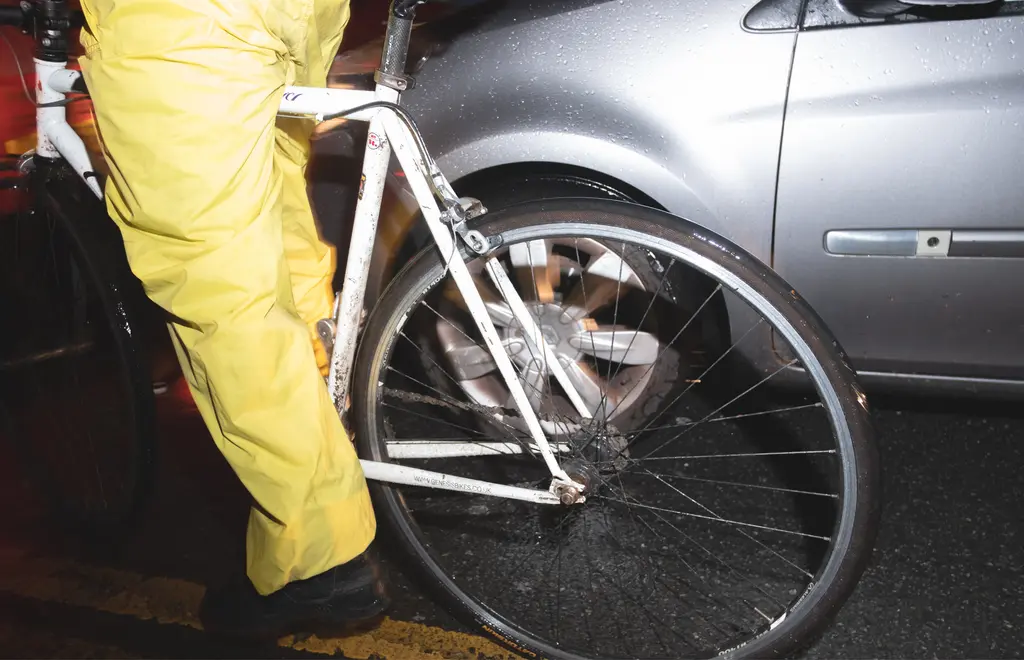
As Tanna chats away, passing locals nod their heads appreciatively at the trippy, Carnival-inspired visuals. “Art shouldn’t be about just our identity or our politics or religion,” the DIY gallerist clarifies, sitting by the window. “It needs to be beyond that, [revealing] someone com[ing] from a different angle and trying to find themselves within it.
“Here, everybody’s trying to help each other out,” he continues. “You ask the Irish blokes [around here] for help and it’s: ‘Yeah, mate, I’ve got you.’” In the wider art world, “they don’t have that same attitude. But we have that sense of community.”
We hear that word, “community”, a lot these days. But here, at Harlesden High Street, it’s not a wafty term for creatives: it’s neighbours, locals and artists all banding together. It’s the real deal.














